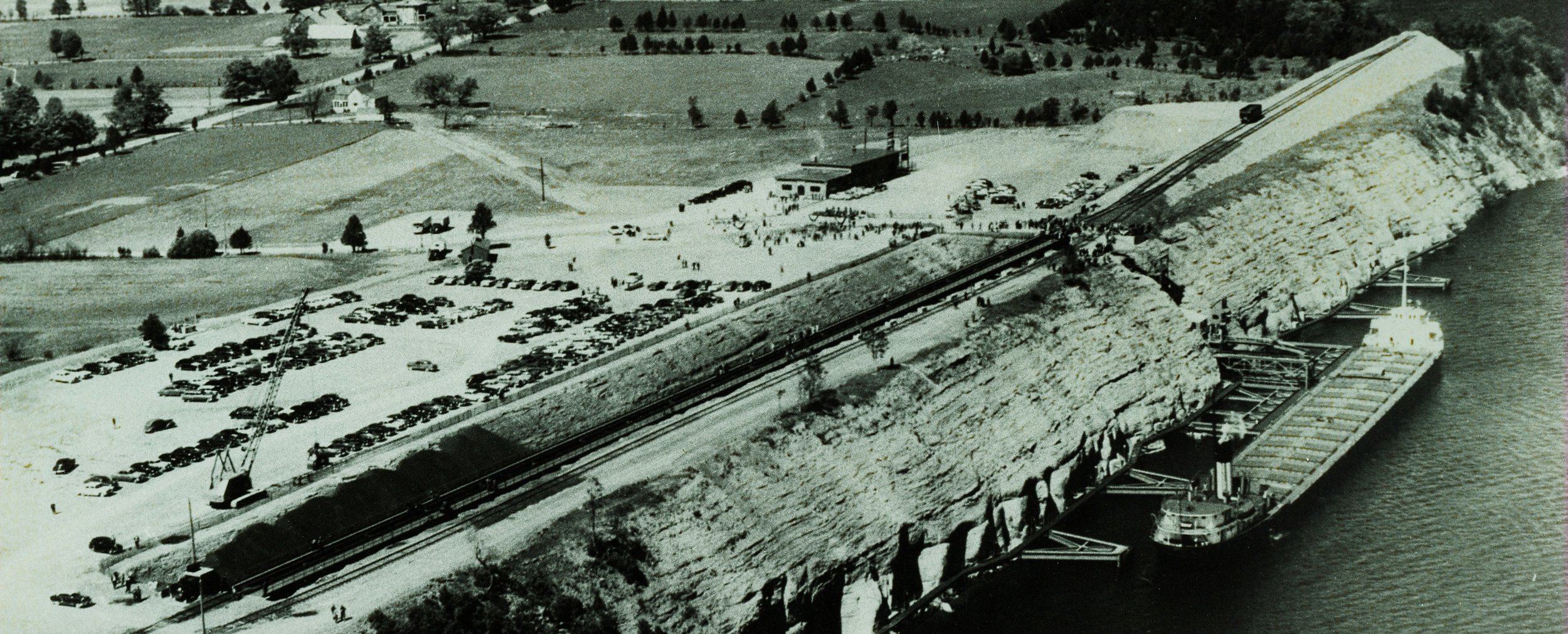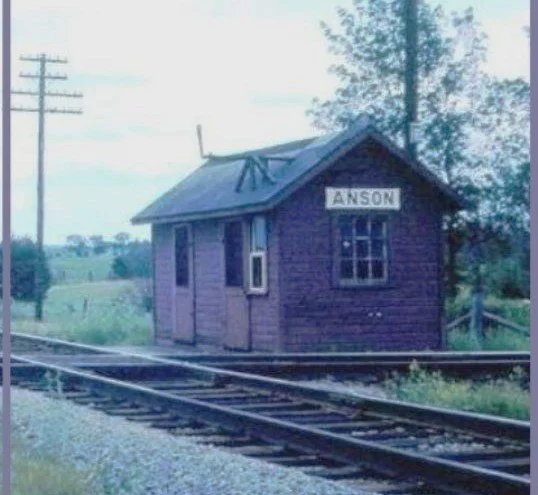I took a stroll down by the beautiful Medical Centre and I stood for a while watching the ever-flowing waters of the Crowe River winding in and around the thin crust of ice along the shoreline. I could hear the rush of the dam upstream and the clink, clink of the flags blowing against their poles by the cenotaph. I stood and gazed at the old steam engine housed there, an arduous attempt by the Lions Club to preserve some of our heritage. The trees along the bank are slumbering, awaiting the glory of spring and, as I stood, my mind's eye began to flow along the river taking in beauty and peace of this, MY TOWN.
I was born here in 1934. My Dad, Jim Sproul, came from Glasgow, Scotland to Deloro in January, 1929, looking for work. Times were hard in the cities and an old Scottish acquaintance told him they were hiring at the Deloro plant. By August of that year my Dad sent for his young bride Isabella and they lived at first with Tommy and Vi Cousins in Deloro.
Later they moved into Marmora into half of the house known as the Clairmont home (later the home of Andre and Anne Philpot and now the Limestone Bed & Breakfast). My mother thought she had come to the ends of the earth. No train, no transportation, no running water, no central heat, no family and no old friends. That first winter someone sold them green wood and my father came home from work many a day to a tearful wife unable to conquer the horrors of wood fires. But those days passed and she became quite capable in time.
The Sprouls finally settled on North Hastings Ave., where I was born. My mother's sister Nettie came to live here for two years. A few people may still remember her. Up the hill from my house lived Joe and Lizzie Doyle, who were like grandparents for me. Joe owned a bus called the "Carryall'.' and it was used to transport workers to and from Deloro.
My parents were faithful members of the United Church and in my. growing up years such aspects of the church as Explorers, CGIT, Sunday School and Junior Choir allplayed a part in my future. The local skating facility in winter was an outside rink behind some of the stores on Front St. and as I glanced up the river today I remembered lazy, warm swims in the old mill pond all summer long. There was .no concern then for pollution. I remember my Dad I catching tubs (yuk) ofmud cats out of the river's dark recesses.




































